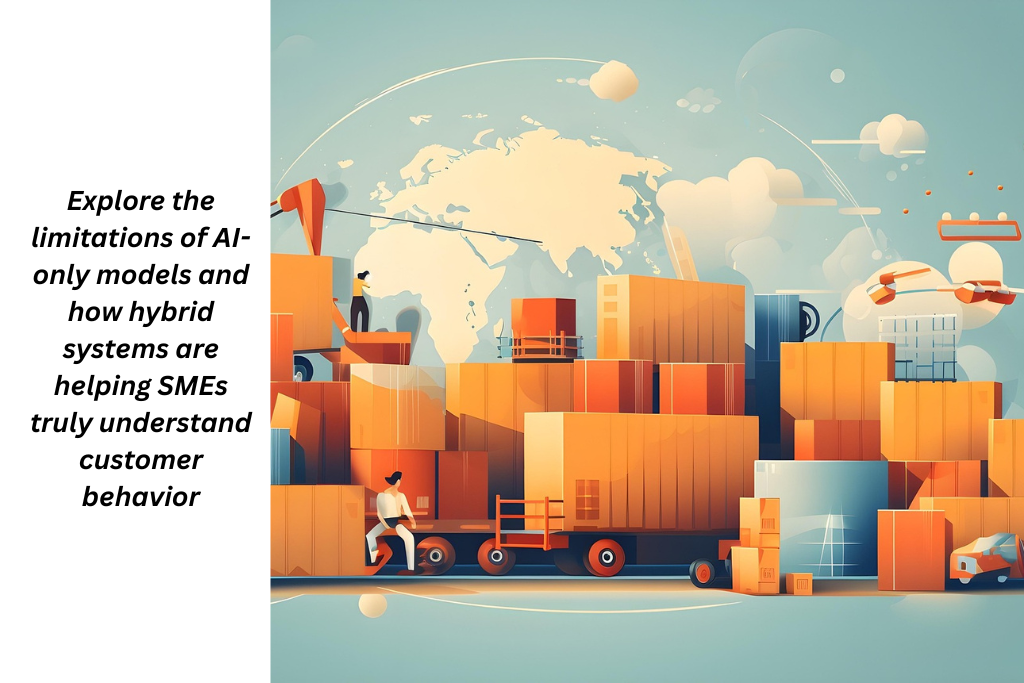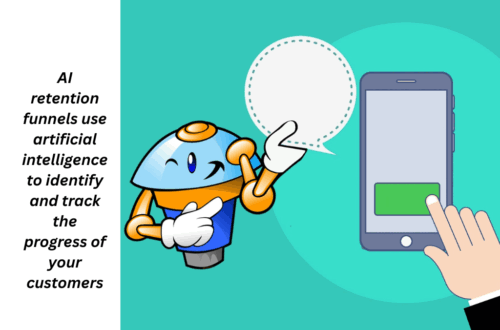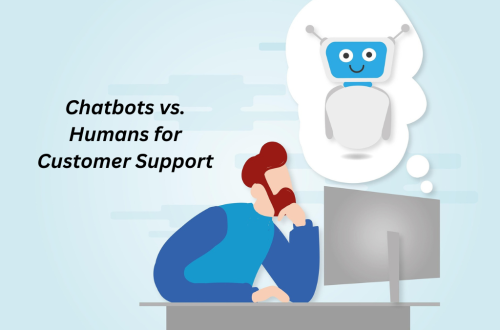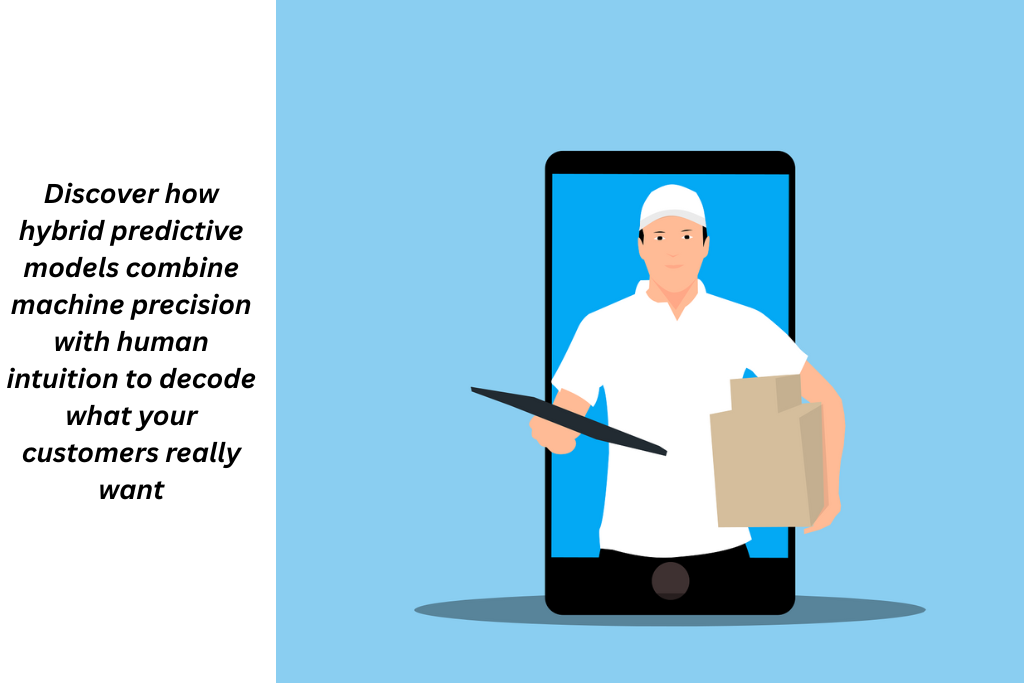
Hybrid Predictive Models for Deeper Customer Understanding: Here AI Meets Human Insight
Today’s data-rich environment requires you to predict customer behavior with precision. Which means that now it’s a step beyond just tracking the customer’s behavior; it’s about understanding. Predictive analytics has played its role in understanding customer behavior and predicting their preferences. But even the most sophisticated AI algorithms have limitations without human touch.
This made us divert our attention towards hybrid predictive models. These models are a powerful blend of AI and human insights. Hybrid predictive models are designed to deliver deeper and more accurate customer understanding. In this article, we will explore what these models are and how they are transforming customer retention for SMEs.
What Are Hybrid Predictive Models?
Hybrid predictive models combine machine-driven analysis with human intuition. In that way, we don’t just need to rely solely on AI to analyze patterns and make decisions. By using hybrid predictive models, we can incorporate expert input, business context, and qualitative data to fine-tune predictions. For instance;
- An AI model might predict churn based on browsing inactivity.
- A human analyst adds context
- The result of this combined effort will be a more accurate and actionable churn prediction.
The question is why pure AI models are not enough. Well, AI models excel at generating and analyzing massive datasets. These models also uncover hidden patterns and predict churn. However, they are not perfect, and when used without human supervision, they often make mistakes. There are key areas where human intelligence shines, and for now, AI cannot beat humans in this context. For example
Contextual Understanding
AI may not recognize cultural nuances or real-world events. It may also ignore the influence of these factors on customer behavior and misinterpret a temporary sales dip during a national holiday as a declining trend.
Emotional Intelligence and Brand Alignment
Algorithms cannot fully grasp tone and sentiment. They usually misinterpret a brand’s personality. Such as, what looks like a negative review to AI might be a playful complaint from a loyal customer. For an AI model, it’s a negative remark, but humans would recognize it as something light.
Adaptability to Qualitative Change
AI struggles with unpredictable events. This includes viral social trends, PR crises, or sudden shifts in public opinion. These qualitative factors often require real-time judgment, interpretation, and empathy qualities that AI lacks.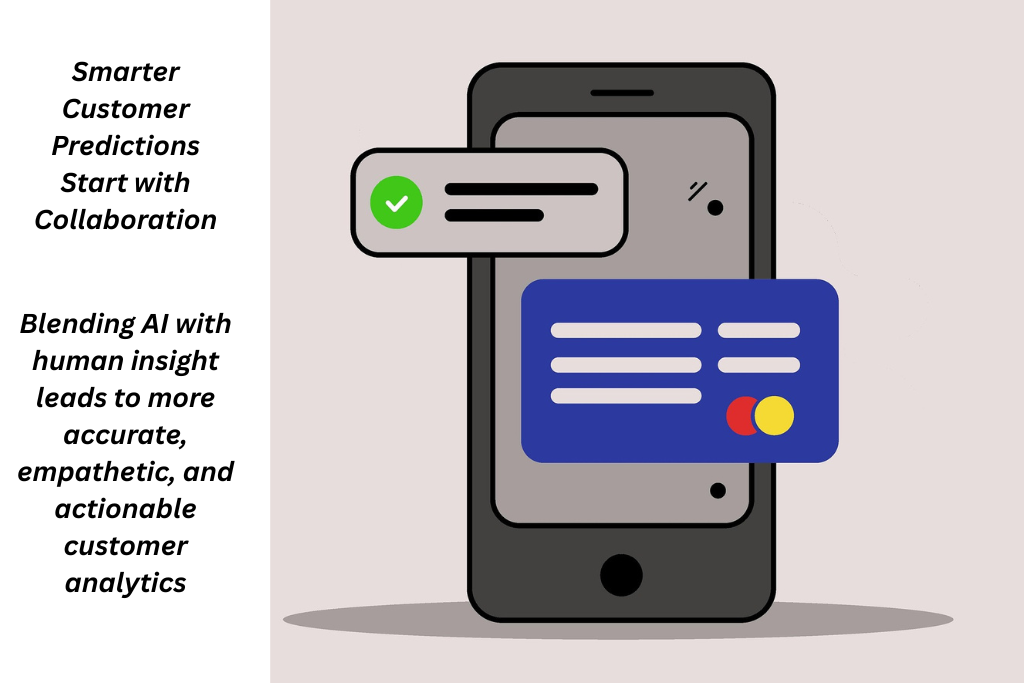
Limitations of AI-Only Models
There’s no doubt that AI brings speed to customer analytics, but relying just on AI will lead to flawed insights because:
- AI models often rely heavily on past patterns. This limits their ability to adapt to new trends. Also, they cannot themselves align the personalization patterns with emerging customer behaviors.
- AI models cannot distinguish the bias from imbalanced data. If the data you are training your AI models with lacks diversity, then your predictions will reflect those gaps. The results of such predictions will be twisted to one side and may alienate certain customer segments.
- Unexpected events such as a viral tweet or a competitor’s surprise launch can cause customer behavior to shift overnight. If there’s no human involvement, then AI may flag this as an anomaly because it does not understand the real-world causes.
How Human Insights Enhance Predictive Analytics?
Take a look at this comparison between AI strengths and human strengths. It will help you understand why hybrid predictive models are necessary and how human insights enhance predictive analytics.
| AI Strengths | Human Strengths |
| Pattern recognition in large datasets | Contextual Interpretations |
| Real-time analysis | Strategic long-term thinking |
| Predictive scoring models | Brand-specific knowledge |
| Automated decision making | Empathy and ethical judgement |
Real World Use Case of Hybrid Predictive Models
Hybrid predictive models are being used in the marketing and personalization fields. It is helping businesses in the following ways
Customer Churn Reduction
Predictive analytics can indicate the customers at risk of leaving. However, AI alone may not identify the reasons. That’s where human insights make the difference. AI flags high-risk customers based on patterns such as late payments or a decline in engagement. The human teams dig deeper. They review account history and sentiments from emails or social media. They review support tickets and uncover the emotional drivers that cause dissatisfaction. This results in more complete and empathetic churn prediction that empowers your team. The sales team can take timely actions and personalize targeted offers or a check-in call.
Hyper-Personalized Campaigns
AI and machine learning can break your audience into precise segments. The human touch makes those segments come alive. AI segments customer personas using behavioral data. Marketers use this data and initiate tailored messaging. Human interference works here by analyzing customer intent and assessing local culture and trending topics. They adjust the tone, language, and visuals of these messages. The outcome of this combined campaign is less robotic and more personal. This boosts open rate and long-term brand connection.
Sales Forecasting
AI can count numbers. But humans bring a strategic and in-depth analysis of the market shift to the table. Predictive models analyze historical trends. AI can forecast next-quarter revenue faster and more accurately. Sales leaders enhance these forecasts by analyzing real-world factors. They go through variables like competitor launches, supply chain issues, or regulatory changes. The resultant forecast is not only data-backed but also realistic and actionable. 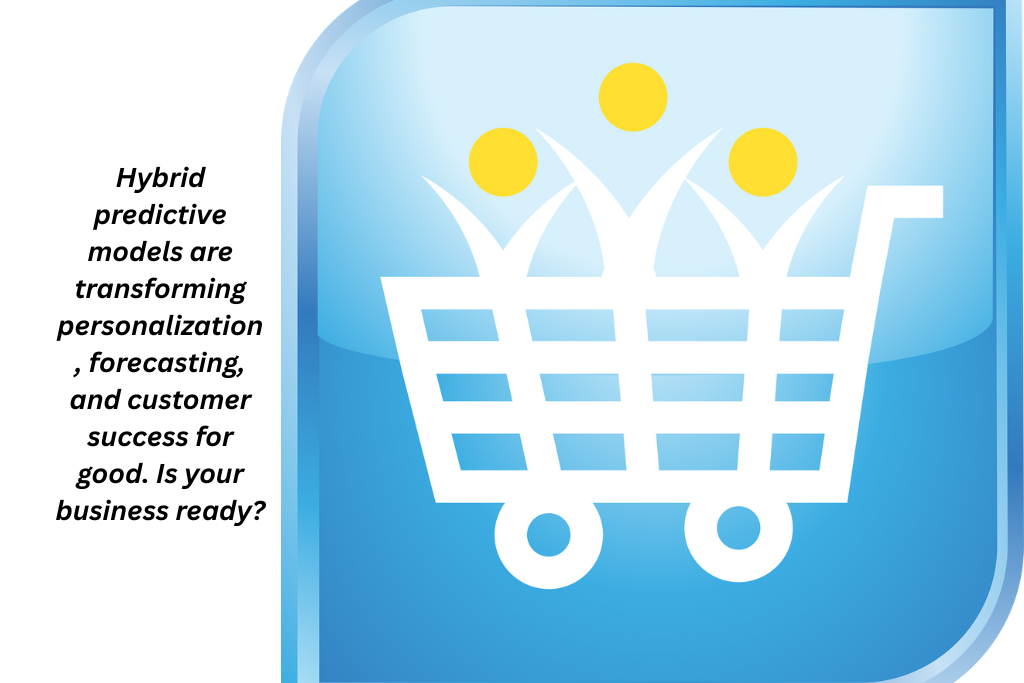
How to Get Started with Hybrid Predictive Models?
If you are convinced about exploring hybrid predictive models, then here are a few best practices. Following these, you can get the most out of your AI-human collaboration
- Start with cleaning your data. Make sure that the data is accurate and relevant. Consistently update data and invest in reliable data pipelines
- Include marketing, sales, and customer success data to provide context and shape the actionable outcomes.
- Choose AI models that are transparent and your team understands and trusts it provided data.
- Create continuous feedback loops by regularly validating predictions and gathering team insights.
Conclusion
The future of predictive analytics lies in hybrid predictive models. AI and human insights are not odds. Instead, they are complementary forces. With the help of hybrid predictive modeling, businesses can unlock a new era of customer understanding that’s not only smarter but also more empathetic and impactful.



